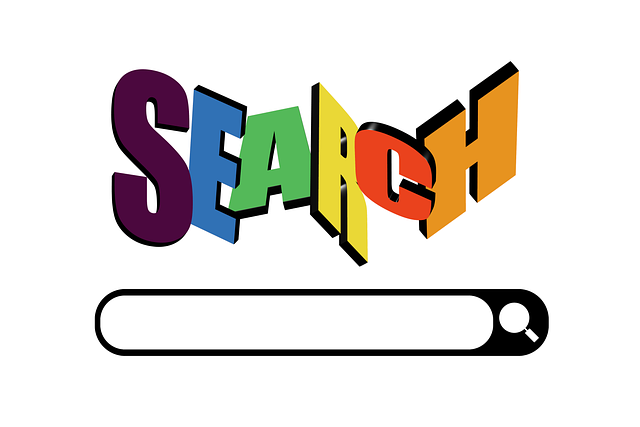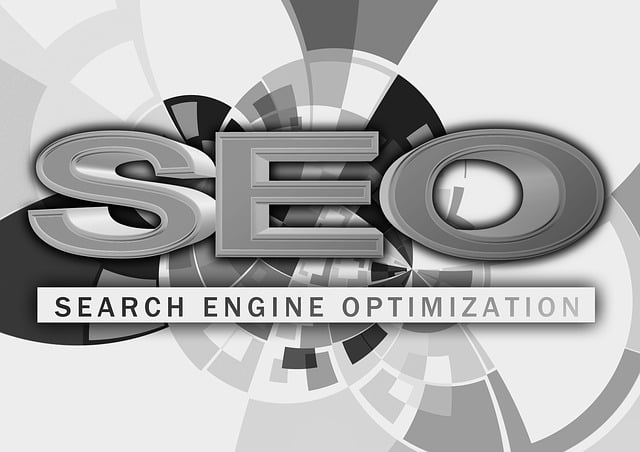Understanding user intent is the cornerstone of SEO Content Optimization. By analyzing search motivations behind queries, content creators can align digital resources with users' needs, enhancing experience, boosting rankings, and fostering online loyalty. Keyword research identifies informational, navigational, or transactional intents, guiding content creation to satisfy user queries and improve engine rankings. On-page optimizations, like refining titles and meta descriptions, along with structural adjustments based on user intents, drive engagement and lower bounce rates. Regular measurement and refinement using analytics tools, A/B testing, and user feedback ensure the strategy stays effective and aligned with evolving preferences, ultimately boosting SEO Content Optimization performance.
User Intent Optimization Training is a transformative approach to elevate your SEO strategy. This comprehensive guide delves into the core principles of understanding and aligning with user search intent, ensuring content that meets their expectations. From deciphering questions vs. commands to refining on-page elements, you’ll learn powerful techniques for optimal SEO content optimization. Embrace keyword research strategies and discover tools to measure success, enabling you to create content that drives engagement and boosts online visibility.
Understanding User Intent: The Foundation of SEO Content Optimization

Understanding user intent is the cornerstone upon which effective SEO content optimization rests. At its core, SEO revolves around aligning digital resources with what users are actively seeking at any given moment. When we optimize content with a deep grasp of user intent, we create value that resonates directly with searchers’ needs and questions. This approach transforms casual queries into meaningful connections, enhancing both user experience and the likelihood of ranking highly in search engine results.
User intent analysis involves delving into the motivations behind searches. Are users looking for information, trying to solve a problem, or shopping for a product? Recognizing these intents allows content creators to craft material that addresses specific pain points and delivers on promises made by keywords. Such finely-tuned optimization not only boosts search visibility but also cultivates user loyalty, fostering an online environment where information is readily accessible and valuable.
Uncovering Searcher Intent: Questions vs. Commands

In understanding user intent, a key distinction lies between questions and commands within search queries. Searchers often pose questions when they’re seeking information, answers, or clarification on a topic. This type of query signals a need for educational or exploratory content. On the other hand, commands are issued when users intend to perform a specific action, like booking travel, purchasing a product, or receiving a service. Recognizing this difference is crucial for SEO Content Optimization.
For instance, while a user might search “What’s the best camera for wildlife photography?” indicating a question and desire for knowledge, someone searching “Book a flight to Paris” clearly issues a command. Optimizing content to cater to these distinct intents ensures that search engines provide users with relevant results, fostering better user experiences and boosting SEO performance.
Keyword Research for Intent-Driven Content Creation

In the realm of user intent optimization, keyword research serves as a cornerstone for creating content that resonates with searchers’ needs. By employing SEO Content Optimization strategies, businesses can ensure their digital offerings align perfectly with what users are genuinely looking for. This involves delving into the nuances of user language and understanding the intent behind searches—whether informational, navigational, or transactional.
Through comprehensive keyword research, content creators unearth valuable insights into search trends and user behavior. They identify high-value keywords that reflect user intent accurately, thereby crafting content that addresses specific queries. This approach enhances both user satisfaction and search engine rankings, fostering a seamless experience in the digital landscape.
Crafting Content That Aligns with User Expectations

When optimizing content for user intent, aligning with user expectations is paramount. It’s not just about using relevant keywords; it’s about understanding the underlying needs and questions that drive users to search in the first place. Successful SEO content optimization goes beyond simple keyword stuffing. It involves crafting compelling narratives, providing thorough answers, and offering a user-friendly experience that meets their information requirements.
To achieve this, content creators must research and identify the intent behind popular search queries related to their niche. This means structuring content in ways that address specific needs—whether it’s informational, navigational, commercial, or transactional. By aligning content closely with these user intents, websites can boost their search engine rankings, drive more organic traffic, and ultimately offer a better online experience for visitors.
Optimizing On-Page Elements for Better User Experience

Optimizing on-page elements is a crucial aspect of SEO content optimization, focusing on enhancing user experience through strategic changes directly on web pages. This involves refining various components that users interact with daily, ensuring they are intuitive, relevant, and valuable. For instance, optimizing titles, headings, and meta descriptions not only improves search visibility but also guides users on what to expect from a webpage. Well-crafted content that aligns with user queries and intent can significantly reduce bounce rates and encourage longer engagement.
Additionally, on-page optimization includes streamlining navigation, making forms more user-friendly, and optimizing images for faster loading times. These refinements contribute to a positive user experience, encouraging visitors to explore deeper into a website. As search engines prioritize user satisfaction, these optimizations can lead to better rankings and increased organic traffic over time.
Measuring and Refining Your Strategy: Tools and Techniques

Measuring and refining your strategy is a vital part of User Intent Optimization Training. By employing advanced analytics tools, you can gain valuable insights into user behavior and search patterns. These tools provide data-driven perspectives on keyword performance, click-through rates, and conversion paths, allowing for informed adjustments to your SEO Content Optimization strategies.
Through A/B testing, heatmap analysis, and user feedback mechanisms, you can identify areas of improvement. For instance, identifying underperforming pages or content gaps can lead to more targeted and effective content creation. Regularly updating and refining your strategy ensures that your website aligns with evolving user preferences and search engine algorithms, ultimately enhancing overall SEO performance.
